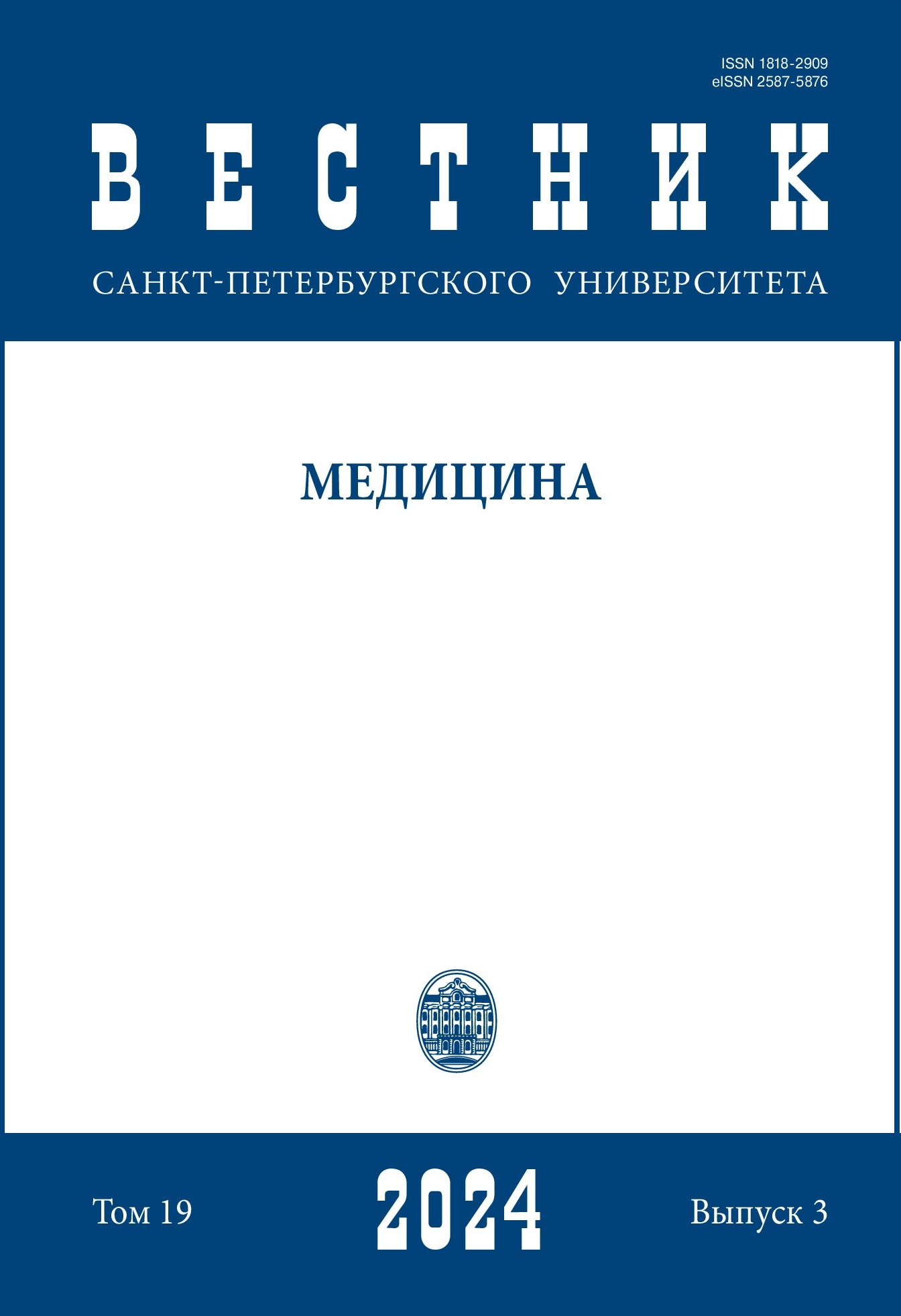Вестник СПбГУ. Медицина. 2024. Т. 19. Вып. 3 277 Antibiotic resistance and new antimicrobial strategies: Exploring the problem of antibiotic resistance and the development of new drugs
DOI:
https://doi.org/10.21638/spbu11.2024.306Abstract
Antibiotic resistance represents a serious global threat to the effectiveness of antibacterial therapy and public health as a whole, requiring immediate attention from researchers, healthcare professionals, pharmaceutical companies, and governmental organizations. This review
provides a detailed analysis of the primary mechanisms of antibiotic resistance, including ef-flux pumps, enzymatic inactivation of antibiotics, changes in cellular targets, and biofilms, which play a key role in protecting bacteria from external influences and contribute to their survival. Alternative strategies for developing new antimicrobial agents aimed at overcoming these mechanisms and preventing further spread of resistance are also discussed. Special emphasis is placed on innovative approaches such as phage therapy, the use of antimicrobial peptides, nanoantibiotics, immune therapy methods, and CRISPR-Cas technologies, which offer new prospects for overcoming resistance. The review examines new drug candidates that
require further study of their effectiveness, interactions with bacteria, and the use of biomaterials and nanoparticles for delivery. Possible ways to improve the efficiency of clinical trials of new drugs are analyzed. The importance of attracting private and public funding to support research is emphasized.
Keywords:
antibiotic resistance, new antimicrobial strategies, antibiotics, resistance mechanisms, phage therapy, antimicrobial peptides
Downloads
References
References
Downloads
Published
How to Cite
Issue
Section
License
Articles of "Vestnik of Saint Petersburg University. Medicine" are open access distributed under the terms of the License Agreement with Saint Petersburg State University, which permits to the authors unrestricted distribution and self-archiving free of charge.




